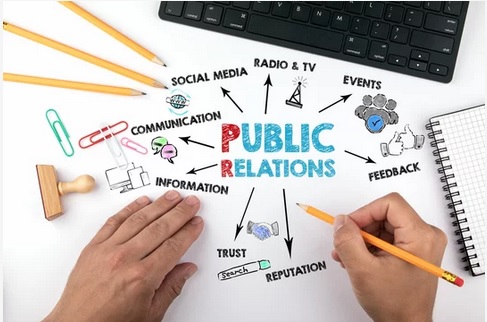
by Lynn Lipinski | Sep 25, 2013 | PR
In martial arts, aikido stands out for its emphasis on leveraging opposing forces, not just for defense but also to protect the attacker from harm. Its practice demands flexibility, a calm mind, endurance and compassion. It is the opposite of a stand your ground and...

by Lynn Lipinski | Mar 13, 2012 | PR
If you’re writing a news release or blog posting or newsletter article, it’s easy and very tempting to make yourself or your organization the star of the show. And it’s the exact opposite of what you should do if you want to get a journalist, blogger...

by Lynn Lipinski | Mar 8, 2012 | PR
The public relations industry is vast and complex, employing some 60,000 people and bringing in a fee income of nearly $9 billion in 2010, according to The Holmes Report 2011 Global Rankings. It’s also perceived as a little, well, fluffy. Usually the first...

by Lynn Lipinski | Feb 15, 2012 | Writing
News releases are a great way to promote your organization, your event, your book or your product. But writing it is only half the work. The second half is distribution. In the old days, we used to create media mailing lists and actually snail mail or fax releases...

by Lynn Lipinski | Jan 31, 2011 | PR
Whether you’re promoting a pie-eating contest, a press conference on the courthouse steps or a perfume product launch, a media advisory is a great tool for inviting the media, particularly television and radio. I think of media advisories as shorthand press releases –...






